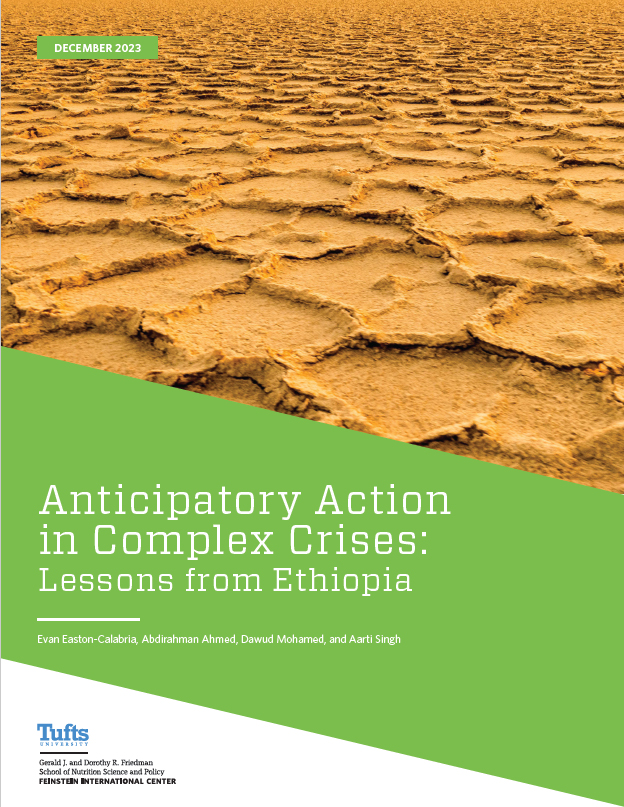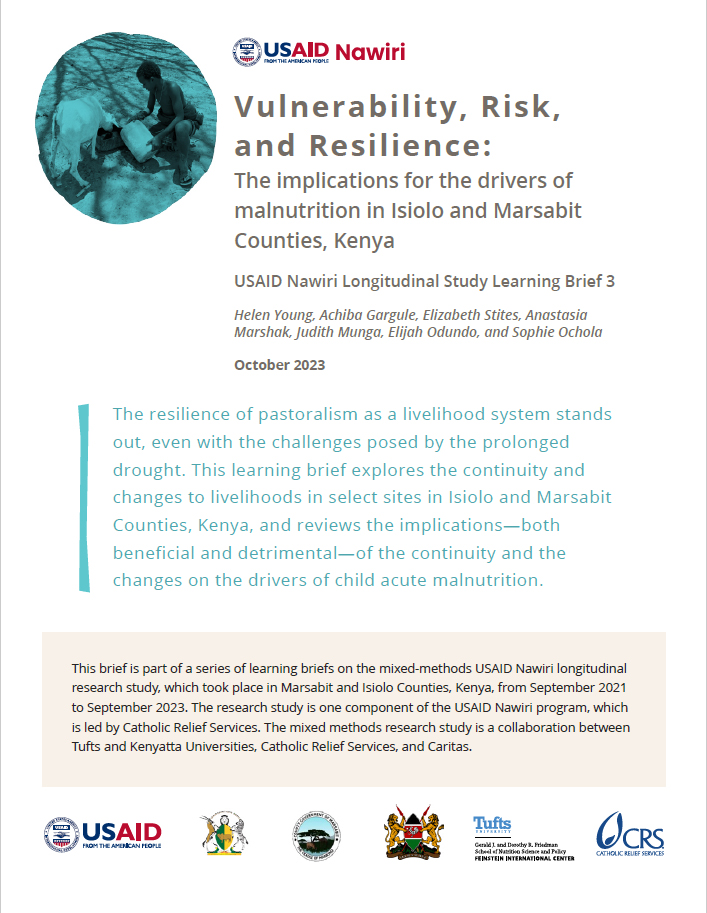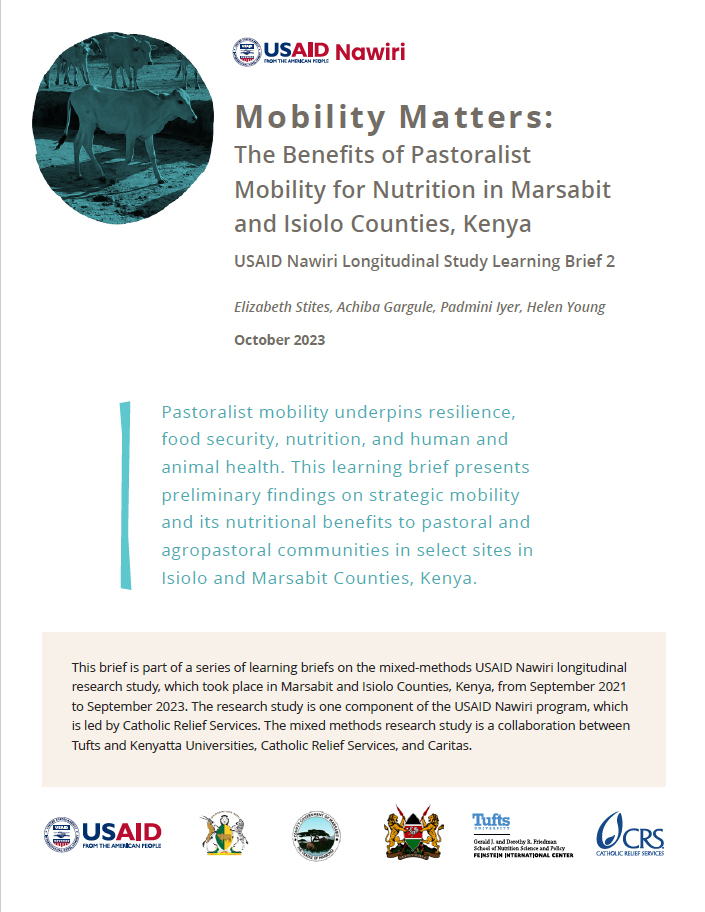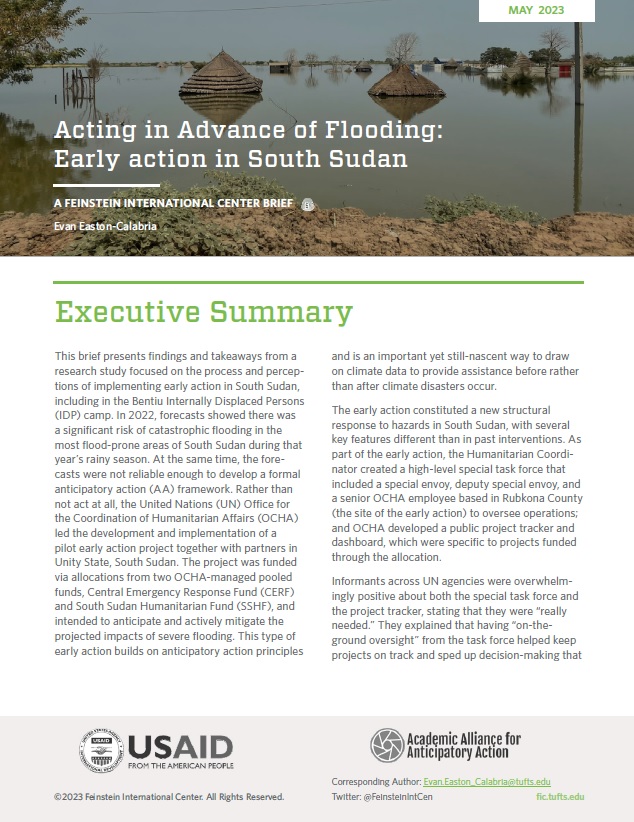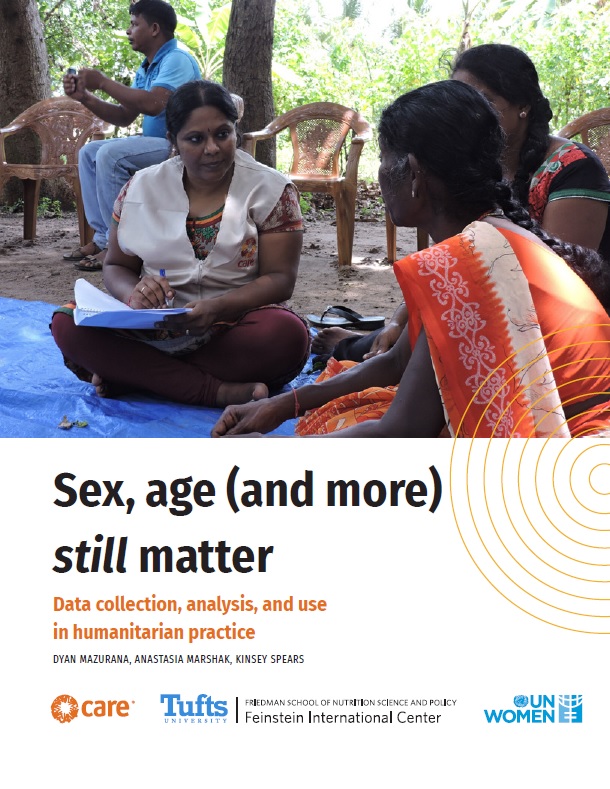Disaster Risk Reduction (DRR) programs encompass many different kinds of activities, but share the fundamental objective of enhancing the capacity of vulnerable communities to identify, reduce and manage risk, whether it be at the local, regional or national level. Ethiopia is one of the most food-insecure countries in the world, but only recently has the food security problem begun to be understood in terms of a complete analysis of livelihoods, rather than simply a food supply problem.
While the Productive Safety Net Program is addressing the crucial issue of adequate access to food and the protection of assets for the chronically food insecure populations of Ethiopia, it is increasingly clear that a component of reducing the risk from climatic, environmental and economic hazards is also an important component of overcoming chronic food insecurity.
The Africa Community Resilience Project (ACRP) was designed by World Vision International in line with the Hyogo Framework for Action as a blueprint to creating resilient communities. The project is research-based and will build capacity for improving resilience through disaster risk management programming and mainstreaming. Tufts University was engaged to conduct the research and programmatic learning side of the program.
Based on data collected in January 2010 through focus groups and household-level interviews in Tsaeda Amba woreda, this assessment depicts the breadth of institutional constraints to risk reduction and livelihood security. Major areas of findings include access to land and natural resources, credit and the risks of default, and traditional practices and institutions. While a participatory baseline assessment, published in December 2009, focused mostly on forms of covariate risk and the measures proposed the ACRP to address them, this second report highlights more idiosyncratic forms of risk.
This is the second of four reports under this research program. A second participatory assessment will take place in July 2010, which will examine the interventions and impact of the ACRP. A synthesis report of the whole study will follow.


